Significance
The Chung Tai Chan Monastery is the headquarters of the Chung Tai Chan monastic organization, one of the four major Buddhist organizations in Taiwan. The monastery was built on a gargantuan architectural scale, and is notable for its integration of Chinese and Western engineering methods to create a synthesis of art, scholarship, religion, and culture. Multiple levels and cascading vertical planes symbolize the process of self-cultivation. In 2002, the monastery won the Taiwan Architecture Award for its unique and perfectly integrated humanistic design, and in 2003, it won an International Lighting Design Award of Excellence for its indoor lighting design that fostered a sense of meditative peace, serenity, and holiness. The Chung Tai World Museum houses a rich collection of Buddhist artifacts such as wood carvings, gold and bronze ware, Buddhist statues, and stone tablets, making it an important site for the preservation and promotion of Buddhist culture.
History
Located in the geographical heart of Taiwan, Chung Tai Chan Monastery is headquarters to the Chung Tai Chan monastic organization, one of the most important Buddhist organizations in Taiwan. The monastery traces its origins back to 1987, when Venerable Master Wei Chueh (1928 – 2016) established Lingquan Temple in New Taipei City’s Wanli District in order to teach and disseminate Buddhist doctrine. However, the temple was eventually unable to accommodate its growing membership. This led to the building of the Chung Tai Chan Monastery in Nantou County’s Puli Township. Preparatory work for the construction project, which began in 1992, was undertaken by renowned architecture firm C.Y. Lee & Partners. After three years of planning and seven years of construction, the monastery was officially inaugurated in 2001. The monastery’s principal building measures 136 meters tall and thirty-seven stories high, making it currently the world’s tallest Buddhist temple. Following its completion, it won the 2002 Taiwan Architecture Award and a 2003 International Lighting Design Award of Excellence. In 2009, the Chung Tai World Museum was built beside the monastery to disseminate Buddhist doctrine and to showcase Buddhism as it is expressed in art. The museum regularly hosts Buddhist artifact exhibitions.
Special Features

1Architectural FeaturesThe monastery, a magnificent and dignified architectural landmark, employed both Chinese and Western engineering methods in its design and construction, integrating art, scholarship, religion, and culture. The architectural style of the monastery exemplifies both traditional and modern philosophies and embodies the idea that “through awakening the mind, one becomes a Buddha.” The most unique feature of the monastery is the golden lotus blossom which crowns it; the largest of its petals measures 4.4 meters high by three meters wide. The lotus petals, made from copper plates, were shaped using seven different compression molds. They gleam both during the day and at night. The khakkhara (monk staffs) that rise up on either side of the building are each twenty-eight meters tall and 2.5 meters in diameter at the base. They were designed according to the specifications of Venerable Master Wei Chueh. The khakkhara epitomize one of the philosophies of Mahāyāna and Hīnayāna—that of transcendence from the Hīnayāna ideology of self-awareness and self-enlightenment to the Mahāyāna ideology of self-improvement and finally the uplifting of others. The khakkhara are decorated with engravings depicting nine dragons among clouds with Buddhist scriptures inscribed underneath; they are quite striking and conspicuous features of the monastery.
2Hall of the Four Heavenly Kings The Hall of the Four Heavenly Kings is the first hall leading into the main building. Maitreya is enshrined in the center of the hall, whereas Skanda, a famous protector of Buddhism who is depicted pressing his palms together and carrying a Vajra staff, is found at the back. Also present in the hall are the four heavenly kings, Dhṛtarāṣṭra, guardian of the east, Virūḍhaka, guardian of the south, Virūpākṣa, guardian of the west, and Vaiśravaṇa, guardian of the north. The solemn, imposing statues, made from Shanxi black granite, measure over twelve meters in height and weigh more than a hundred tons each. The most striking characteristic of the four statues is that each, in addition to its own head, has the heads of the other three heavenly kings. This symbolizes the might and virtue of the four-deities-in-one who ensure that Buddhism is safety protected.
The Hall of the Four Heavenly Kings is the first hall leading into the main building. Maitreya is enshrined in the center of the hall, whereas Skanda, a famous protector of Buddhism who is depicted pressing his palms together and carrying a Vajra staff, is found at the back. Also present in the hall are the four heavenly kings, Dhṛtarāṣṭra, guardian of the east, Virūḍhaka, guardian of the south, Virūpākṣa, guardian of the west, and Vaiśravaṇa, guardian of the north. The solemn, imposing statues, made from Shanxi black granite, measure over twelve meters in height and weigh more than a hundred tons each. The most striking characteristic of the four statues is that each, in addition to its own head, has the heads of the other three heavenly kings. This symbolizes the might and virtue of the four-deities-in-one who ensure that Buddhism is safety protected.
3Great Majesty Hall Located on the second floor of the main building, the Great Majesty Hall is the Main Hall of Chung Tai Chan Monastery. Enshrined in the center is a Shakyamuni Buddha statue carved from Indian red granite, which is solemn, serene, and wise in appearance. On the two sides of Shakyamuni are his principal disciples, Venerable Ānanda and Venerable Mahākāśyapa. The hall is mostly appointed in red and gray to represent the confused and evil state of the world wherein the Shakyamuni Buddha endeavors to rescue all sentient beings. The statue is backlit with a lighting fixture that extends from its base to the ceiling to create the halo that surrounds Shakyamuni. In the lotus flowers at the center of the wall behind the statue are numerous mini huafo—the small reliefs of the Shakyamuni Buddha—which, combined with the eight beams of light surrounding the statue, represent the billions of manifestations of the deity and the Noble Eightfold Path, or the eight ways to attain Nirvana, the highest state of Buddhist practice, which consists of right view, right resolve, right speech, right conduct, right livelihood, right effort, right mindfulness, and right samadhi (concentration).
Located on the second floor of the main building, the Great Majesty Hall is the Main Hall of Chung Tai Chan Monastery. Enshrined in the center is a Shakyamuni Buddha statue carved from Indian red granite, which is solemn, serene, and wise in appearance. On the two sides of Shakyamuni are his principal disciples, Venerable Ānanda and Venerable Mahākāśyapa. The hall is mostly appointed in red and gray to represent the confused and evil state of the world wherein the Shakyamuni Buddha endeavors to rescue all sentient beings. The statue is backlit with a lighting fixture that extends from its base to the ceiling to create the halo that surrounds Shakyamuni. In the lotus flowers at the center of the wall behind the statue are numerous mini huafo—the small reliefs of the Shakyamuni Buddha—which, combined with the eight beams of light surrounding the statue, represent the billions of manifestations of the deity and the Noble Eightfold Path, or the eight ways to attain Nirvana, the highest state of Buddhist practice, which consists of right view, right resolve, right speech, right conduct, right livelihood, right effort, right mindfulness, and right samadhi (concentration).
4Kshitigarbha HallThe Kshitigarbha statue, carved from Brazilian white jade, is enshrined in the Kshitigarbha Hall. The statue, with a subdued and dignified expression, holds a khakkhara and sits in a lotus flower base with the Six Realms of Existence carved in relief. The Six Realms of Existence are tied in with the concept of Saṃsāra, or wandering, with its connotation of cyclic, circuitous change, and include the realms of the gods, the titans, hungry ghosts, hell, animals, and humans. According to legend, Kshitigarbha vowed not to attain Buddhahood until he could vacate the entirety of Hell, and to achieve nirvāṇa only when he had saved all sentient beings. Therefore, the khakkhara held in the statue’s left hand epitomizes the breaking of the door to Hell and the pearl in its right hand represents all sentient beings being shown the way to heaven. The entire text of the 10,000-word Kṣitigarbha Bodhisattva Pūrvapraṇidhāna Sūtra has been carefully engraved on the back wall, making it the largest scriptural display in Taiwan.
5The Chung Tai World MuseumThe Chung Tai World Museum was opened on the 3rd of October, 2009. The museum has a collection of artifacts from all eras donated by followers from around the world and periodically hosts Buddhist artifact exhibitions with the goal of integrating Buddhism and art. Through these exhibitions the public’s knowledge of Buddhist history and culture can be enhanced.
6The Deer Garden The Deer Garden, located next to Chung Tai Chan Monastery’s main building, was built to commemorate Sarnath, the location where Shakyamuni first began to disseminate Buddhist teachings. Visitors can enjoy walking on the lawn in the shade of the garden’s many trees and are welcome to ring the bell inside the Great Luminance Bell Pavilion. The pavilion, made from Fuzhou fir, is a shrine to Kshitigarbha. It is modeled after Tang Dynasty architecture. The back of the pavilion is decorated with a depiction of pánlóng, an aquatic dragon that promises to bring water in Chinese mythology, and the back of the Kshitigarbha shrine contains inscriptions of bell chants, allowing visitors to understand the significance of ringing the bell.
The Deer Garden, located next to Chung Tai Chan Monastery’s main building, was built to commemorate Sarnath, the location where Shakyamuni first began to disseminate Buddhist teachings. Visitors can enjoy walking on the lawn in the shade of the garden’s many trees and are welcome to ring the bell inside the Great Luminance Bell Pavilion. The pavilion, made from Fuzhou fir, is a shrine to Kshitigarbha. It is modeled after Tang Dynasty architecture. The back of the pavilion is decorated with a depiction of pánlóng, an aquatic dragon that promises to bring water in Chinese mythology, and the back of the Kshitigarbha shrine contains inscriptions of bell chants, allowing visitors to understand the significance of ringing the bell.
Reminders
Chung Tai Chan Monastery offers free tours. Visitors to the monastery must be properly dressed, and are requested to act in a quiet and respectful manner, and not to touch the Buddhist ritual instruments and statues. Food and drinks are not allowed, and sound recordings and photography are forbidden.
Panoramic
Directions